Brochures
Office of Research & Innovation: We Put Your Ideas in Motion
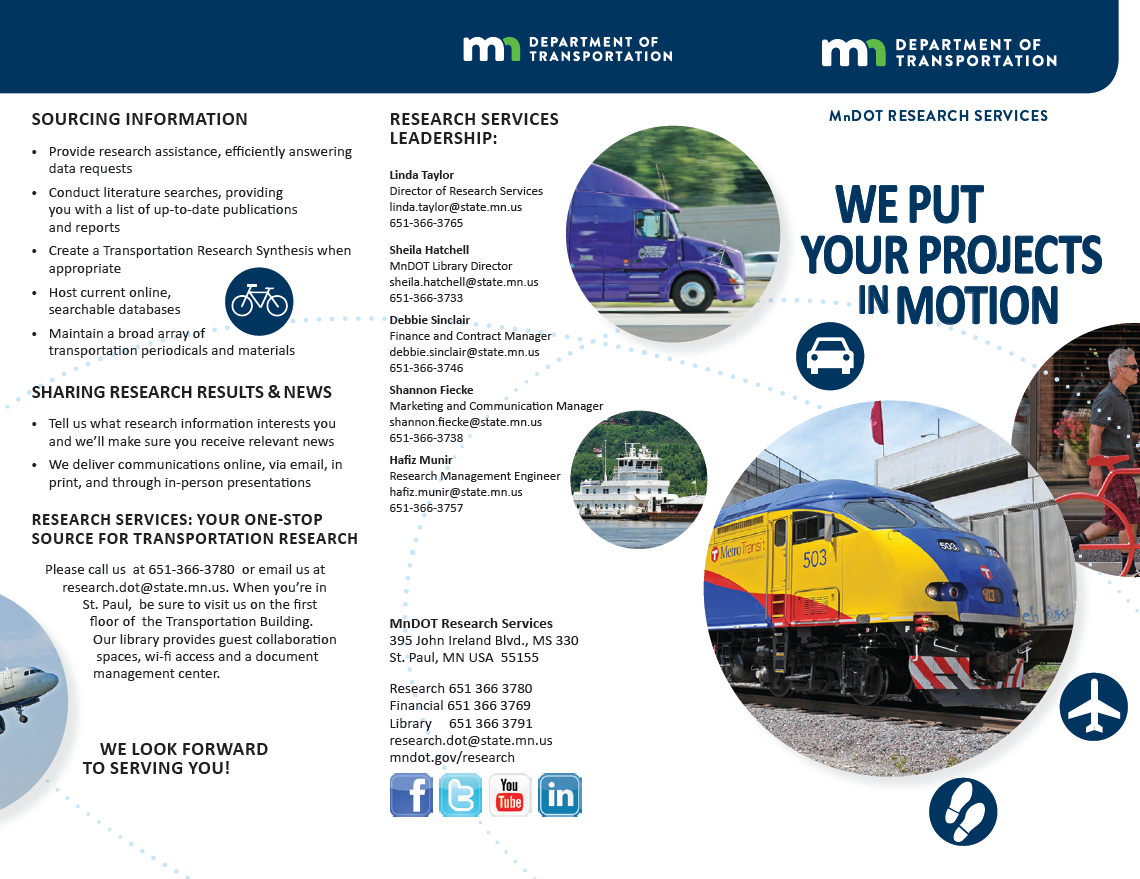
Brochure: We Put Your Ideas in Motion
(PDF, 2 pages, 3.72 MB)
The MnDOT Office of Research & Innovation helps solve transportation problems by administering research projects for MnDOT and the Local Road Research Board.
This brochure describes our four different areas of service and the many types of services that we provide.
Local Road Research Board (LRRB)
How About a Roundabout?: The Minnesota Experience and a Minnesota Guide
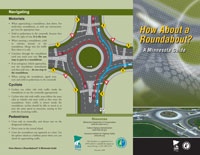
Brochure: How About A Roundabout
(PDF, 2 pages, 388 KB)
A modern roundabout is a circular intersection where traffic flows around a center island. Today, roundabouts can be alternatives to traffic signals and stop signs to control traffic. In many cases, they have several advantages over signals and stop signs, including:
- Fewer injury crashes and fatalities
- Increased pedestrian safety
- Less vehicle delay and pollution
Roundabouts, like all intersections, undergo thorough analysis prior to implementation to determine if it is the appropriate solution. MnDOT has more information concerning roundabouts located on their Roundabouts page.
Roads and Loads: Finding a Balance
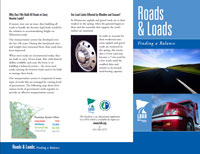
Brochure: Roads & Loads: Finding a Balance
(PDF, 2 pages, 2.5 MB)
Video: Roads and Loads
Today, roadways are designed using engineering factors that establish the quantity, type and thickness of material that needs to be used to balance vehicle loads and roadway use.
Among other factors, current pavement design considers the amount, type and weight of the traffic using the road. This data is used to calculate an ESAL (equivalent single-axle load) factor; this factor is a way of measuring the impact that a vehicle will have on a pavement.
Pavements can be viewed as a "consumable" and are designed to carry an estimated number of ESALs over their design life. As each vehicle passes over a pavement, a portion of its life (the vehicle's ESAL factor) is consumed. Eventually, a pavement's life is expended, and it needs to be reconstructed. (View Video.)
To Pave or Not to Pave?: Making Informed Decisions on When to Upgrade a Gravel Road
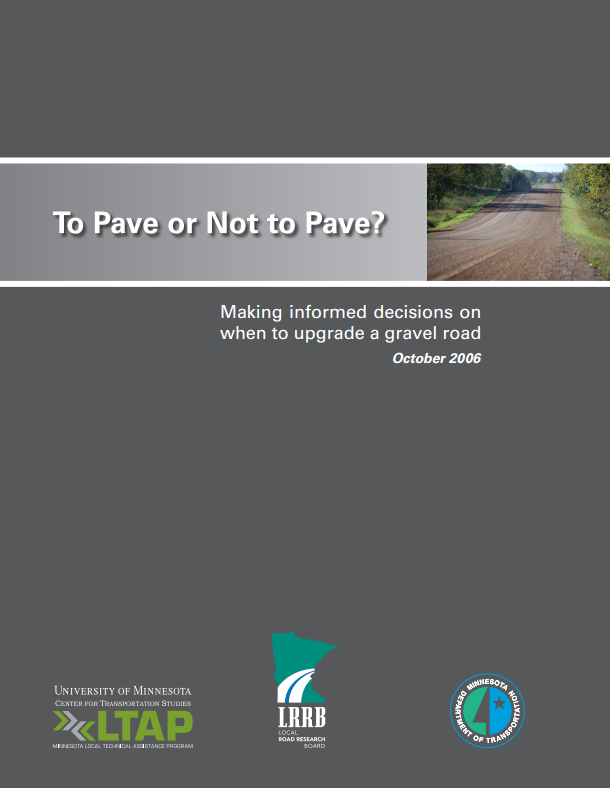
Brochure: To Pave or Not to Pave?
(PDF, 4 pages, 602 KB)
Video: To Pave or Not to Pave? Making informed decisions on when to upgrade a gravel road
Two key questions must be answered when developing a gravel road maintenance plan:
- What is the best way to maintain a gravel road?
- When should the roadway be upgraded to a paved surface?
These are not easy questions because many factors affect the answers. This brochure and video highlight two recent reports that can be used to help decide when to upgrade a gravel road.
Use of Foamed Asphalt with Cold-in-Place Recycling and Full Depth Reclamation
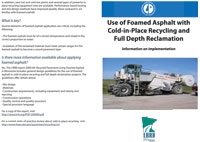
Brochure: Use of Foamed Asphalt
(PDF, 2 pages, 155 KB)
Until the mid-1990s, almost all cold-in-place recycling involved the use of emulsions. In recent years, countries and states began to turn instead to foamed or expanded asphalt. Effective with cold-in-place recycling and full depth reclamation methods, foamed asphalt helps add strength and moisture resistance to the remaining pavement materials.
Making the Most of Your Pavement Dollars
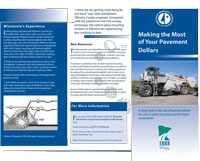
Brochure: Making the Most of Your Pavement Dollars
(PDF, 2 pages, 151 KB)
The Minnesota Local Road Research Board sponsored a recent research project to assess the recycled pavements that use foamed asphalt, evaluate such projects in Minnesota and develop design guidelines. The project confirmed that all cold-in-place recycling sections with foamed asphalt are performing very well to date and that transverse cracking and rutting appears to be reduced by the use of foamed asphalt cold-in-place recycling rehabilitation techniques.
